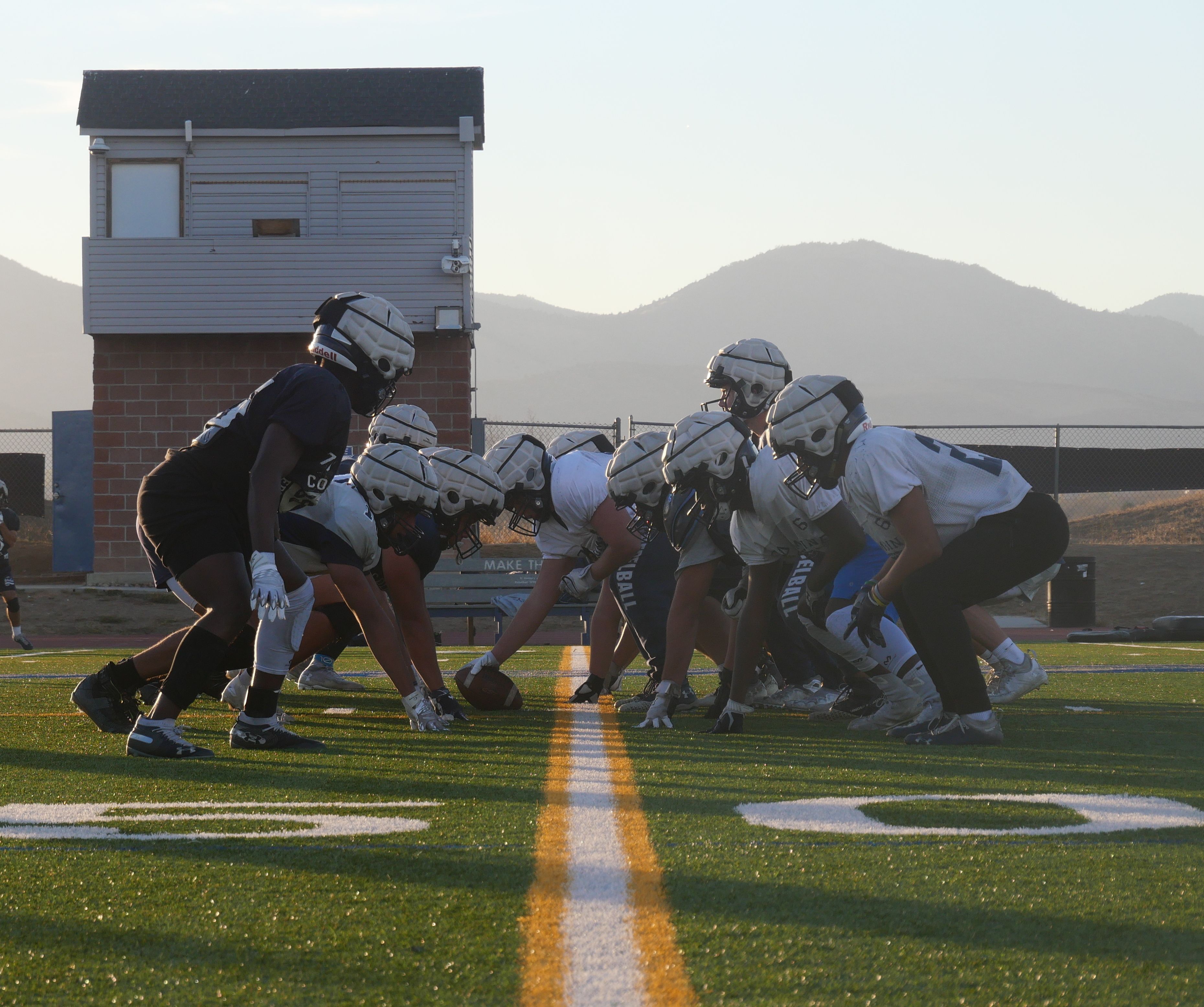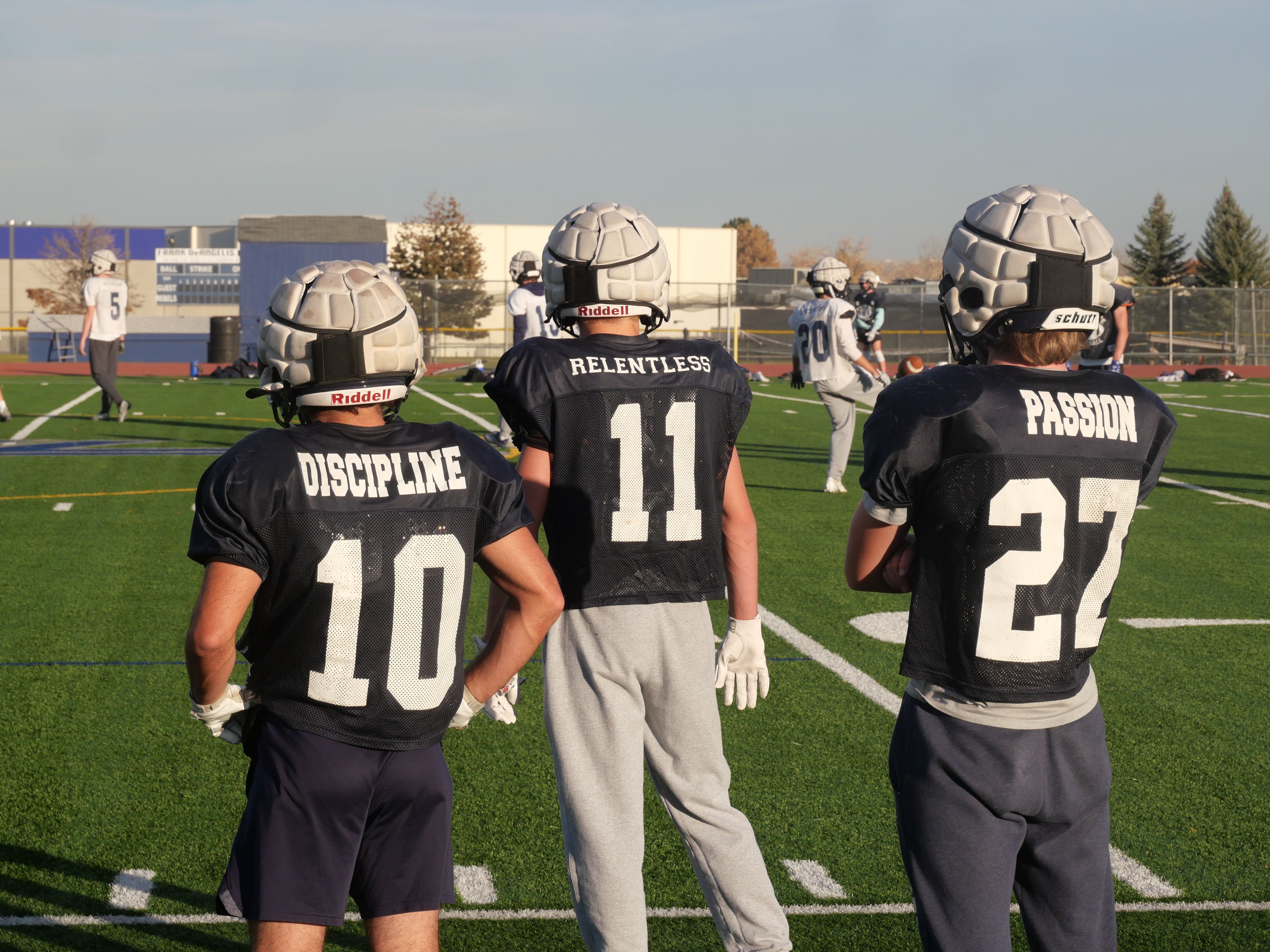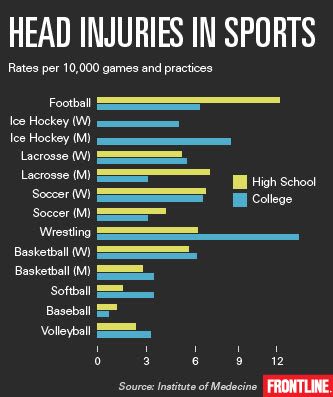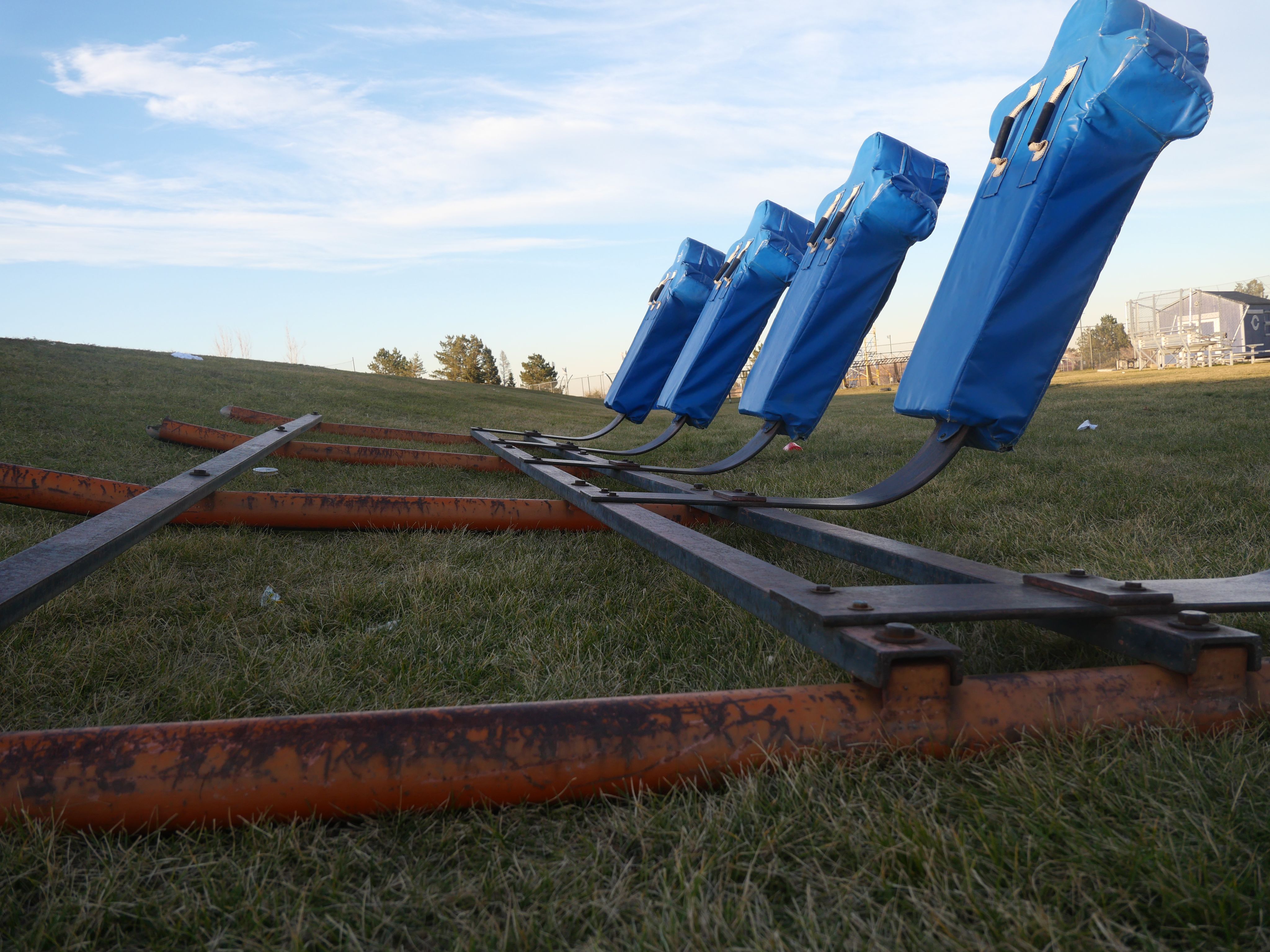Are Guardian Caps the Solution to Head Injuries in Football?

Ever since it was invented, football has been known to be a very physical sport, however, it wasn’t until the transition from leather helmets to a polycarbonate material where player health and head injuries became a significant issue. In almost every single rep and every single play there are players making blocks and tackles which result in hard-shelled helmets colliding together resulting in constant head-to-head contact.
It has become a very popular discussion in recent years, with many critiques demanding a change because of the high risks of head injuries. Also, new knowledge surrounding chronic traumatic encephalopathy (CTE), a degenerative brain disease common in former football players, has led to further discourse on the topic. Many people in the football world recognized that these issues could jeopardize the existence of the sport, so they started searching for solutions.
One possible solution came in 2010 when Erin and Lee Hanson created Guardian Caps. The protective helmet coverings have been laughed at, made fun of and sometimes even avoided because of how they look when attached to a football helmet. However, they have quickly been adopted by football programs across Colorado and the rest of the country at the amateur level.
Guardian Caps are soft-padded coverings that attach to the exterior of football helmets by strapping on to the ends of the facemask. They are meant to reduce the initial impacts that take place when two helmets collide with each other. By doing so, Guardian caps lower the force to the outer polycarbonate shell of the helmet along with the interior padding, resulting in a lower impact force to the head.
Initially intended for youth athletes, Guardian Caps can now be seen at almost every youth and high school football practice in the state of Colorado. In 2016, every football program in the Jefferson County high school district implemented the use of these caps. Since their introduction, one of the biggest advocates for the protective covering is Columbine High School's Head football Coach Andy Lowry.
“Anything to help try to protect the kids and keep them on the field and keep them healthy is the biggest reason that I try to do it. I have my own son and if I want to protect my own son then I owe it to everybody else’s kid to try to protect them,” Lowry said on his reasoning for backing the Guardian Caps.


Three Columbine High School football players on the sideline during practice on Nov. 7th, 2022. The words discipline, relentless, and passion, which are core values of the team, are featured on their nameplates. (Hayden Scheifele, CU News Corps)
Three Columbine High School football players on the sideline during practice on Nov. 7th, 2022. The words discipline, relentless, and passion, which are core values of the team, are featured on their nameplates. (Hayden Scheifele, CU News Corps)
Many head injuries and degenerative brain diseases, like CTE, are caused by repetitive blows to the head. If a player were to start playing football at a young age, the chances of these injuries and diseases only become more likely.

Photo provided by the Institute of Medicine
Photo provided by the Institute of Medicine
A recent U.S. Centers for Disease Control study showed eye-opening results regarding the number of head impacts in youth football. Football players ages six to 14 were involved in 15 times more head impacts than flag football players. They also sustained an average of 378 head impacts per player compared to eight head impacts per flag football player over the course of a season. The CDC concluded that head collisions in youth football do indeed increase the risk for concussion and other serious head injuries.
While much research suggests that the effectiveness of Guardian Caps is inconclusive, the NFL’s chief medical officer, Dr. Allen Sills, affirms the helmet caps are worthwhile,
"Currently, the helmet caps have been shown to reduce the force of head impacts by 10% when one player is wearing it, and up to 20% when both players involved in a collision are wearing the cap.”
There are many questions that need to be answered regarding whether Guardian Caps actually work. Since they are relatively new to the sport, there is little statistical evidence supporting their effectiveness.
Katherine Breedlove, an instructor of radiology at Harvard Medical School, has dedicated her research to the outcomes of sport-related concussions and specifically helmet “add-ons” that serve to mitigate the forces of head collisions. In 2017, Breedlove, along with several colleagues, performed an experiment with Guardian Caps and found that they “failed to significantly improve the helmets’ ability to mitigate impact forces at most locations.”
In response to Sills and the NFL's conclusion that Guardian Cap's provide a 20% reduction of head impact forces, Breedlove said the statement could be misconstrued since they did not specify exactly what was being measured, "Is that a 20% reduction in overall forces? A 20% reduction in the number of concussions the NFL has seen? A 20% reduction in the GADD Severity Index, a scale used to measure the severity of head injuries?"
"There are a lot of variables at play here."
Breedlove also notes that such a broad statement is concerning because of the false narrative it portrays. If Guardian Caps really proved to be that effective, then the NFL would’ve given as much detail as possible about its research. Ultimately, the players and their parents need to know this kind of information so that they can make an informed decision whether to play football or not.

An image of Columbine High School's football training sleds taken on Nov. 7th, 2022. (Hayden Scheifele, CU News Corps)
An image of Columbine High School's football training sleds taken on Nov. 7th, 2022. (Hayden Scheifele, CU News Corps)
Many football players actually don’t mind wearing Guardian Caps, especially knowing the risks of head injuries that come along with playing football. However, some people believe that the caps may have a negative impact on hitting technique and even give a false sense of security to players.
Coach Lowry spoke for his players about the Guardian Caps, “From the get-go in 2013, the very first year, our kids were like coach my head is not ringing anymore…we had kids that were bigger believers in it than I was after they ended up wearing them.”
His players agree.
"When we first tried them on everyone was pretty hesitant just because of how they look. But from the very first practice, it was clear that they do work and provide some cushion for head-to-head contact."
Despite questions and concerns surrounding the effectiveness of Guardian Caps in youth football, organizations like USA Football are trying to do their part to raise awareness of best practices of how to play the game the right way.
"Concussion awareness is a team effort from top to bottom," said Merril Hoge, a former NFL player and spokesperson for USA football, who adds that many head injuries are caused by the pressure to get back on the field after a head collision.
"Coaches, medical staff, players, and parents should all know the signs and symptoms of football-related concussions," Hoge said.
On the USA Football website, there are places where you can find programs, events, resources and tools for youth football development and training. This could be one of the most effective ways to avoid head injuries because the organization is teaching kids the correct way to play the sport of football at a young age. If players stick to the fundamentals, then there would be a lot less head injuries taking place.
So: How effective are Guardian Caps in youth football? At this point, it has been just over 10 years since the implementation of these caps. However, much of the research regarding Guardian Cap's has been discounted due to its broad nature. Guardian Caps still aren’t being used in youth football in every single state, so the sample size has led to inaccuracies in the results.
The effectiveness of Guardian Caps is yet to be confirmed, however, there is no statistical evidence that shows that the caps work counterintuitively towards head injuries. Data that has been released shows that the caps do work, to a certain extent. However, it must be understood that much of the data primarily stems from the NFL and Guardian Sports.
Experts, like Breedlove, have expressed their concerns with the truthfulness and transparency of companies who are backing Guardian Caps, and in their conducted studies there hasn’t been definitive results regarding the effectiveness of the caps. We won’t know the answer to the question until we have a bigger sample size of youth players using Guardian Caps and that won’t happen until more people like Coach Lowry use their voice to communicate the prevalence of head injuries in football.
